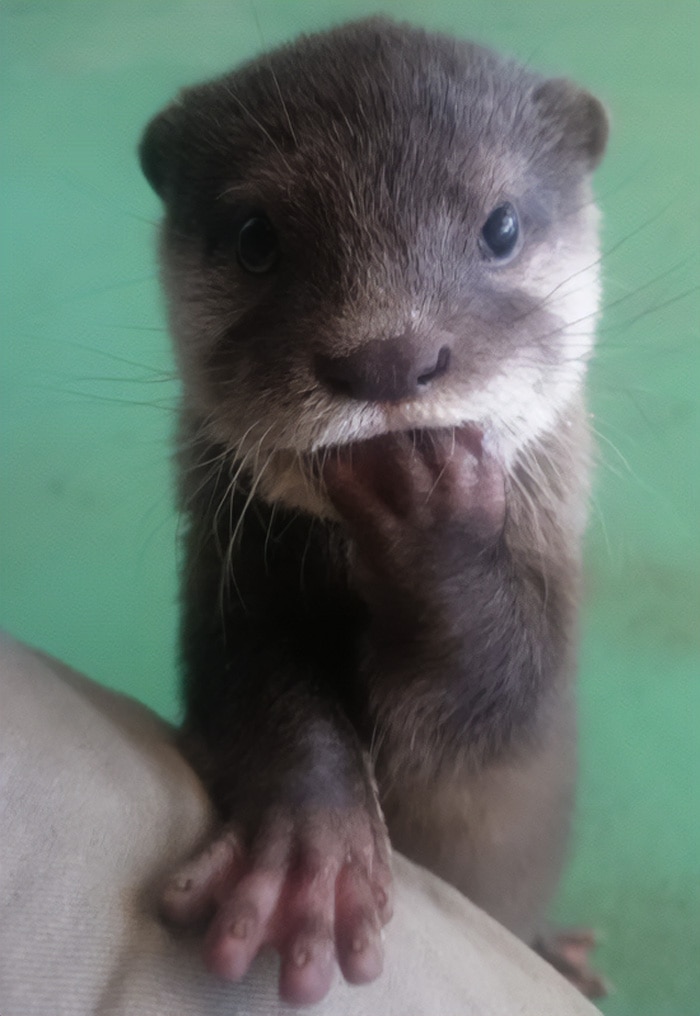Otters are fascinating creatures that have captured the hearts of people all around the world. From their playful antics to their undeniable charm, there’s something about otters that just makes us want to smile. But beyond their cute and cuddly exterior, otters are also highly skilled predators that play an essential role in maintaining the health of their ecosystem. They are excellent swimmers and use their powerful tails to propel themselves through the water, while their dense fur provides insulation from the cold. Otters are also important for the food chain as they prey on fish and other aquatic animals, which helps regulate their populations. Overall, otters are a testament to the incredible diversity and adaptability of nature, and we can all learn something from their playful and industrious ways.
There Are 13 Different Species

There are river otters and sea otters… and there are big differences between the two. River otters swim in freshwater and can also run up to 15 mph on land. But “sea otters live exclusively in the ocean along coastlines. They move clumsily on land, paddle with their hind feet and tail, and are significantly bigger than most river otters, with some males weighing as much as 100 pounds. A male river otter, by comparison, would not exceed 30 pounds.” That’s a huge difference! But that only means there are more otters around the world for us to love (Outforia).
